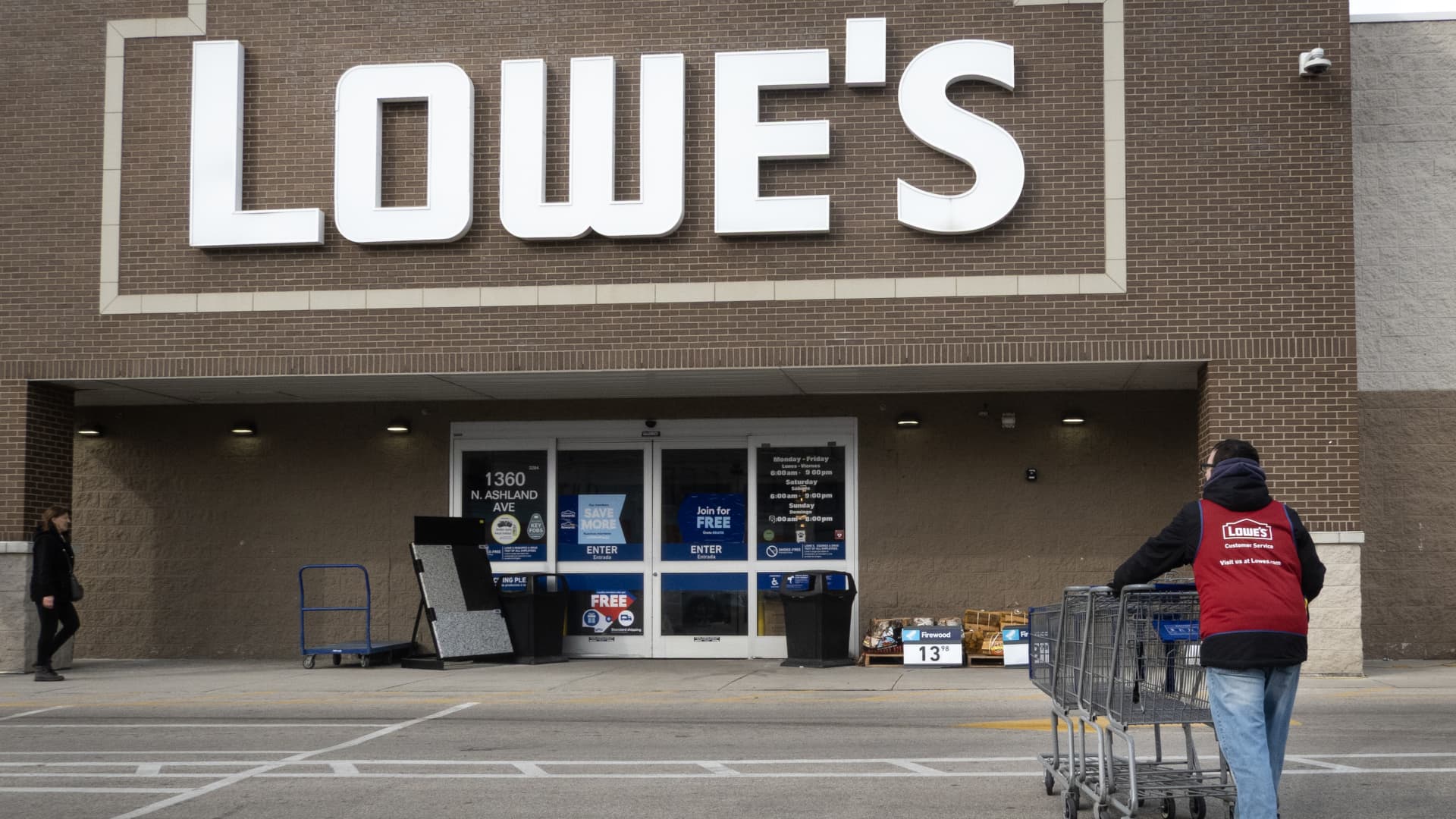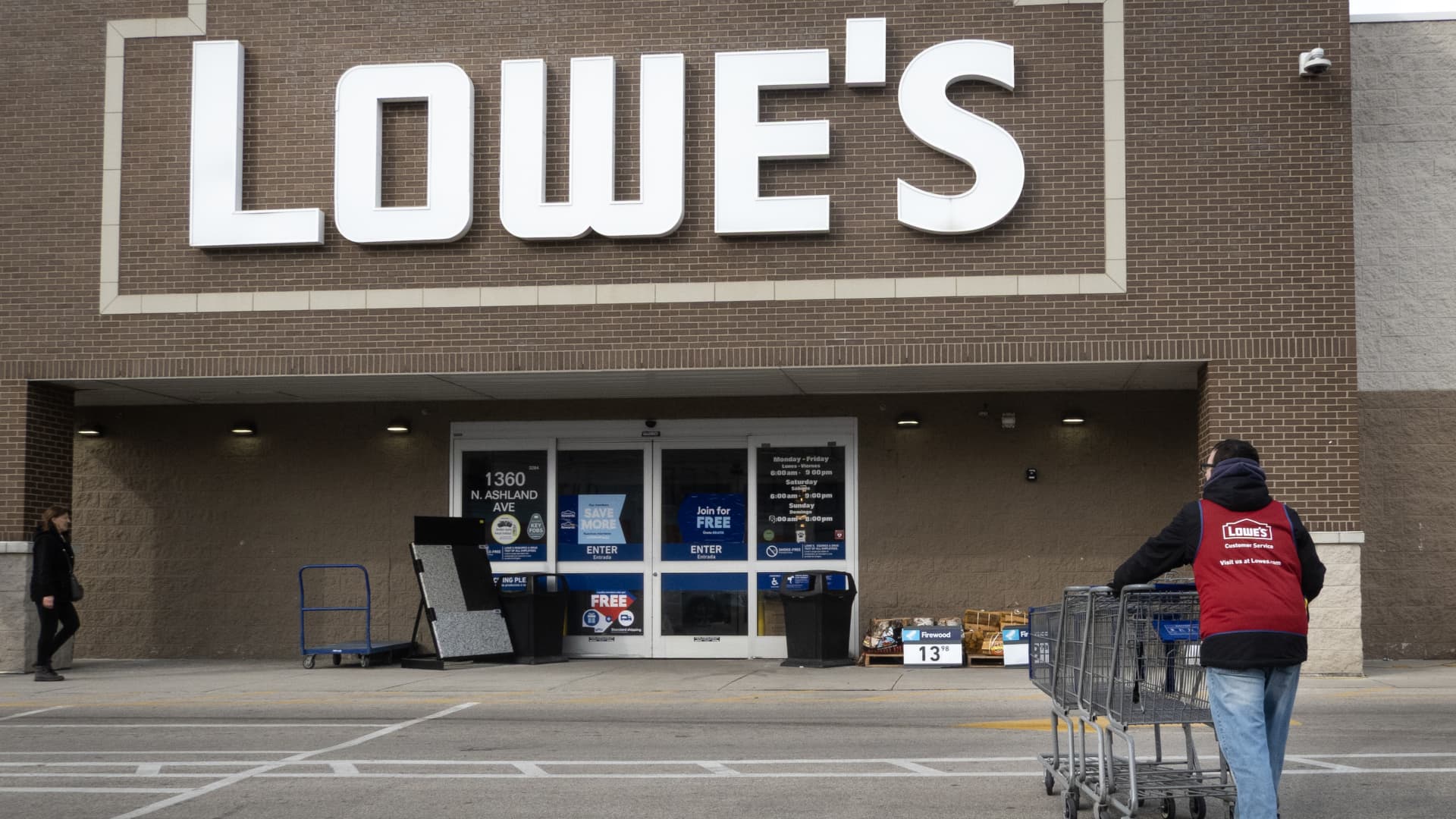Navigating Lowe’s 2024 Landscape: Balancing Challenges with Strategic Momentum
The home improvement giant Lowe’s is confronting a multifaceted sales environment in 2024. Its journey reflects a dance between headwinds dampening traditional consumer spending and vibrant growth in select areas, particularly digital commerce and professional customer segments. Understanding these dynamics reveals how Lowe’s is recalibrating its approach amidst economic and market uncertainties.
Declining Sales in Traditional Consumer Segments
Lowe’s comparable sales have seen a subtle but telling decline of roughly 1.6% to 1.7% year-over-year, spotlighting a softer-than-anticipated demand from the DIY consumer base. This slump is driven partly by unpredictable weather patterns that have curtailed seasonal and outdoor product sales, alongside a cautious consumer mindset in discretionary home improvement investments. The recent quarter underscored this trend with a 4.3% drop, rooted primarily in weaker foot traffic and diminished per-customer spending.
This reduction highlights how reliant Lowe’s remains on DIY customers, a segment vulnerable to broader economic fluctuations and shifting consumer priorities. Unlike past years when DIY projects served as steady revenue engines, current volatility exposes Lowe’s to a more uncertain sales trajectory.
Digital Sales: The Bright Spot Amid In-Store Challenges
Amidst subdued physical store performance, Lowe’s digital channels are experiencing an impressive surge. A recent quarter saw online sales leap by an extraordinary 121%, propelling total same-store sales growth of 28% for that period. This uptick reflects substantial investments in technology and e-commerce platforms, enhancing customer convenience and shopping experience.
This digital ascent serves as a vital counterbalance, mitigating in-store sales softness and aligning Lowe’s with shifting consumer behaviors that favor online purchasing. As the post-pandemic retail landscape settles, Lowe’s digital prowess positions it well to capitalize on the long-term trend toward e-commerce in home improvement.
Elevating Home Professionals: A Strategic Priority
Recognizing the vulnerability of consumer-driven sales, Lowe’s has sharpened focus on the home professional market—contractors, builders, and repair specialists—who account for a stable and lucrative revenue segment. Presently, these professionals represent only about a quarter of Lowe’s sales, a stark contrast to competitors like Home Depot controlling roughly half of that market.
Lowe’s strategy aims to expand its footprint here by offering tailored services, bulk purchasing options, and specialized product assortments designed for pros. Earnings insights reveal that this group continues to outpace DIY demand, supported by ongoing construction and maintenance projects. This stability offers Lowe’s a buffer against consumer spending volatility and contributes to steadier financial outcomes.
Earnings Performance and Forecasts: A Complex Picture
Despite sales challenges, Lowe’s has consistently met or exceeded earnings expectations, signaling operational resilience and effective pricing strategies. With net income hovering near $3 billion and revenues estimated at approximately $83.67 billion in 2024, the firm showcases robust financial discipline. However, tempered full-year sales forecasts anticipate a comparable sales decline between 2% and 4%, aligning with broader industry sentiments.
This outlook underscores cautious optimism: while certain market segments struggle, investments in store upgrades, digital technologies, and customer service offer a foundation for long-term value creation.
Macro Trends Shaping Home Improvement Demand
Lowe’s current market environment is deeply influenced by overarching economic factors, including persistent inflationary pressures, labor market conditions, and heightened consumer caution. Unlike previous periods spurred by low-interest rates or fiscal stimuli, the sector faces muted growth expectations.
Competitors echo these sentiments, reflecting an industry-wide recalibration. Major purchases and discretionary spending remain constrained, with homeowners prioritizing essential over elective remodeling. Regional events such as hurricane-driven reconstruction provide episodic uplift but fail to offset widespread consumer restraint.
Innovation and the 2025 Total Home Strategy
Looking forward, Lowe’s “2025 Total Home Strategy” seeks to harness strengths in digital transformation and professional market engagement. By refining customer experience, enhancing product assortments, optimizing supply chains, and deepening market penetration, Lowe’s aims to diversify revenue and embrace emerging home trends, from smart technology integration to evolving renovation approaches.
Balancing efforts between self-sufficient homeowners and service-reliant professionals sets a multifaceted growth agenda that anticipates shifts in consumer demands and industry dynamics.
Conclusion: A Delicate Equilibrium of Risk and Opportunity
Lowe’s 2024 performance embodies a transitional phase in the home improvement sector. While traditional consumer sales face headwinds from economic caution and environmental factors, strategic gains in digital commerce and the professional segment offer vital counterweights. The company’s steady earnings and reaffirmed forecasts reflect confidence in a business model increasingly anchored in diversification and adaptability.
For stakeholders watching closely, Lowe’s path forward is marked by a combination of challenges and prospects. Expansion in the home professional market alongside explosive digital growth provides compelling avenues for sustainable success amidst an otherwise cautious market climate. This equilibrium of risk and opportunity will define Lowe’s journey through 2024 and beyond.












